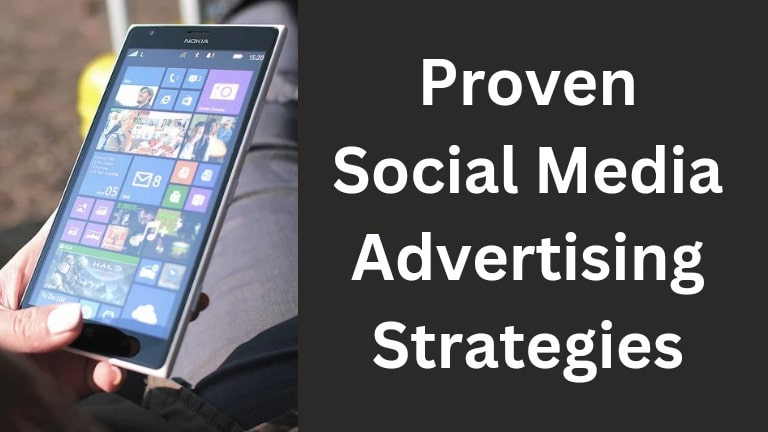In today’s digital-first world, social media advertising is a powerful tool for businesses looking to engage with their target audience and drive conversions. However, with increasing competition and rapidly changing trends, developing effective social media advertising strategies requires more than just putting up ads. Here’s a breakdown of some proven strategies to help you maximize your return on investment (ROI) and reach your marketing goals in 2024.
1. Understand Your Target Audience
One of the most critical elements of a successful social media campaign is audience targeting. The more specific you are about who you’re targeting, the better your results. Use social media analytics tools to gain insights into your audience’s demographics, interests, and online behaviors. Platforms like Facebook and Instagram offer detailed targeting options, allowing you to tailor your ads based on location, age, gender, interests, and even purchase behavior.
2. Use Engaging and Visual Content
Social media thrives on visual appeal, so it’s essential to create ads that grab attention. High-quality images, videos, and infographics significantly outperform text-only ads. Short-form video content, such as Instagram Reels or TikTok, is particularly effective for increasing engagement. Ensure your visuals are aligned with your brand message and are optimized for mobile viewing, as the majority of users access social media through their smartphones.
3. Leverage User-Generated Content (UGC)
User-generated content can add credibility to your brand and build trust with your audience. Sharing customer reviews, testimonials, or photos featuring your products or services can encourage other users to engage with your brand. You can run contests, giveaways, or campaigns that encourage users to share their experiences using your products, amplifying your reach organically.
4. Utilize Paid Social Media Campaigns
While organic reach is still important, paid advertising offers more immediate results and broader reach. Paid social media campaigns allow you to target your ideal audience and track performance with greater accuracy. Platforms like Facebook Ads, Instagram Ads, and LinkedIn Ads let you adjust your budget and bidding strategies, ensuring that your ads reach the right people at the right time. Experiment with different ad formats—such as carousel ads, video ads, or lead-generation forms—to find what resonates with your audience.
5. Incorporate Retargeting Strategies
Retargeting ads are essential for converting visitors who have already interacted with your brand. These ads serve reminders to people who visited your website or engaged with your previous content but didn’t complete a purchase. By showing relevant ads to these individuals, you increase the likelihood of conversion. Retargeting is particularly effective on platforms like Facebook and Instagram, which allow for detailed tracking and customized retargeting lists.
6. Harness Influencer Marketing
Influencer marketing continues to grow as one of the most impactful social media advertising strategies. Collaborating with influencers who share your brand values and have a loyal following can help you tap into new audiences. Micro-influencers, in particular, often have highly engaged audiences and can offer more authentic promotion at a lower cost compared to celebrities or large-scale influencers.
7. Monitor and Optimize Performance
No advertising strategy is complete without regular performance analysis. Use the built-in analytics tools of social media platforms to track your campaign’s effectiveness in real-time. Key performance indicators (KPIs) like click-through rates (CTR), cost-per-click (CPC), and conversion rates will help you determine what’s working and what isn’t. By continuously monitoring and optimizing your campaigns, you can adjust your strategy and maximize ROI.
8. Create a Clear Call-to-Action (CTA)
A well-crafted call-to-action (CTA) can significantly boost your ad’s performance. Whether you’re promoting a product, encouraging sign-ups, or driving traffic to your website, a clear and compelling CTA tells your audience exactly what you want them to do next. Use action-driven words such as “Shop Now,” “Learn More,” or “Get Started Today” to motivate users to engage with your ad.
9. Test A/B Variations
A/B testing (or split testing) is the process of running two or more versions of an ad to determine which one performs better. This could involve testing different visuals, headlines, CTAs, or even audience segments. By analyzing which variation leads to better results, you can refine your campaigns to be more effective.
Conclusion
In 2024, the most successful social media advertisers will be those who embrace a data-driven, audience-focused approach. By understanding your target audience, crafting visually engaging content, utilizing paid ads, and constantly refining your strategy through A/B testing and analytics, you’ll be well-positioned to make a lasting impact with your social media advertising.
